

Diamond Cut Guide:
Enhancing Brilliance and Sparkle
Understanding Diamond Cut
Most gemologists concur that the cut of a diamond is the crucial aspect to consider when selecting a diamond. The highest grade for a natural diamond cut is “Excellent” as per the Gemological Institute of America (GIA), and for lab diamonds, it’s “Ideal” according to the International Gemological Institute (IGI). Excellent (GIA) and Ideal (IGI) graded diamonds exhibit the pinnacle of precision in angles, symmetry, proportion, facet balance, and polish, all of which can only be accomplished by an adept diamond cutter. Accurate diamond cutting results in a diamond that perfectly reflects light, maximizing the brilliance, fire, and sparkle of the gemstone.
Evaluating Diamond Cut

The cut of a diamond is evaluated using a universally recognized grading system established by the Gemological Institute of America (GIA). The grades vary from Excellent to Poor, with Very Good and Excellent cut grades promising the highest levels of brilliance and fire.
Round brilliant diamonds show how the quality of the diamond’s cut affects visual characteristics. The diamonds are positioned in left to right order: Poor cut, Good cut, Excellent Cut. Photo by GIA
The cut grade integrates three distinct types of reflections:
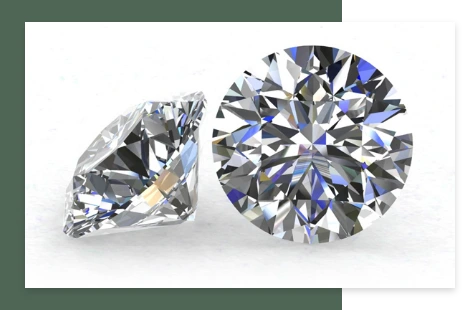
Brilliance
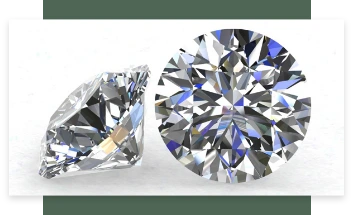
Brilliance refers to the luminosity produced by the amalgamation of white light reflections within and on the surface of the diamond. A diamond’s brilliance is not just about the intensity of the light return but also the contrast, making the diamond’s emitted light appear brighter. This attribute, when the diamond or its light source moves, results in ‘scintillation,’ which we will elaborate on later.
Fire
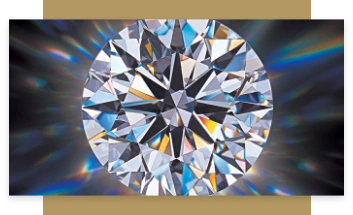
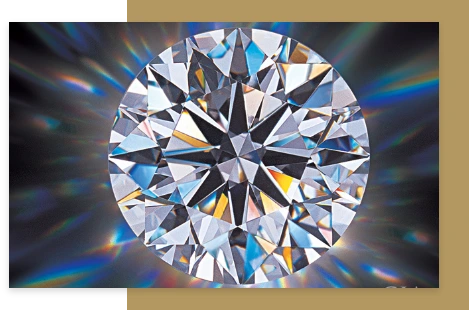
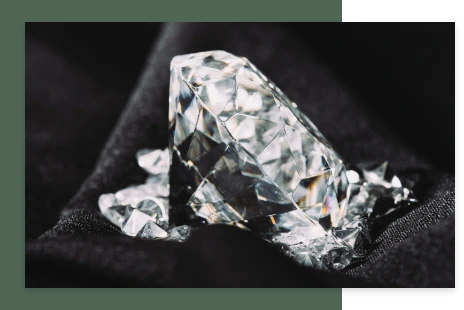
Scintillation
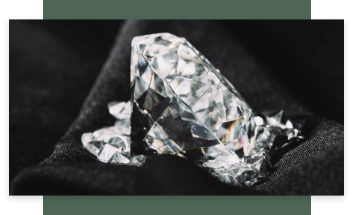
The Significance of Diamond Cut
An Excellent diamond cut elevates the stone’s overall aesthetic, amplifying attributes such as color and clarity grades and can even make a diamond appear larger than its actual size. When a diamond is cut to Excellent (GIA) or Ideal (IGI) standards, the polish and proportions of the stone generate a balanced combination of brilliance, fire, and scintillation, resulting in a remarkably sparkling diamond.
Brilliant Cut vs. Step Cut Diamonds
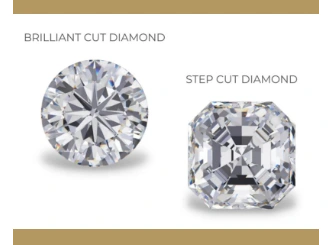
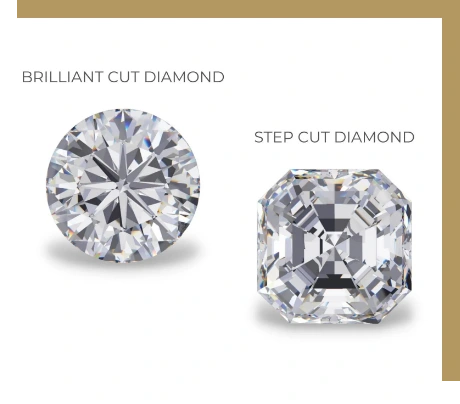
Which Diamond Cut Offers the Most Sparkle?
The round brilliant diamond, when graded as Triple Excellent (GIA) or Ideal (IGI), is considered to be the most sparkling diamond cut. This signifies that the diamond has been crafted with optimal cut, symmetry, and polish grade. The superior sparkle of the round brilliant diamond can be attributed to its numerous lines of symmetry and 58 facets, which collectively reflect light efficiently within the diamond and then out through its table. As round brilliant diamonds exhibit unmatched brilliance, are in high demand, and because the shape necessitates the most diamond wastage during the cutting process, they are typically the most expensive diamond cut.